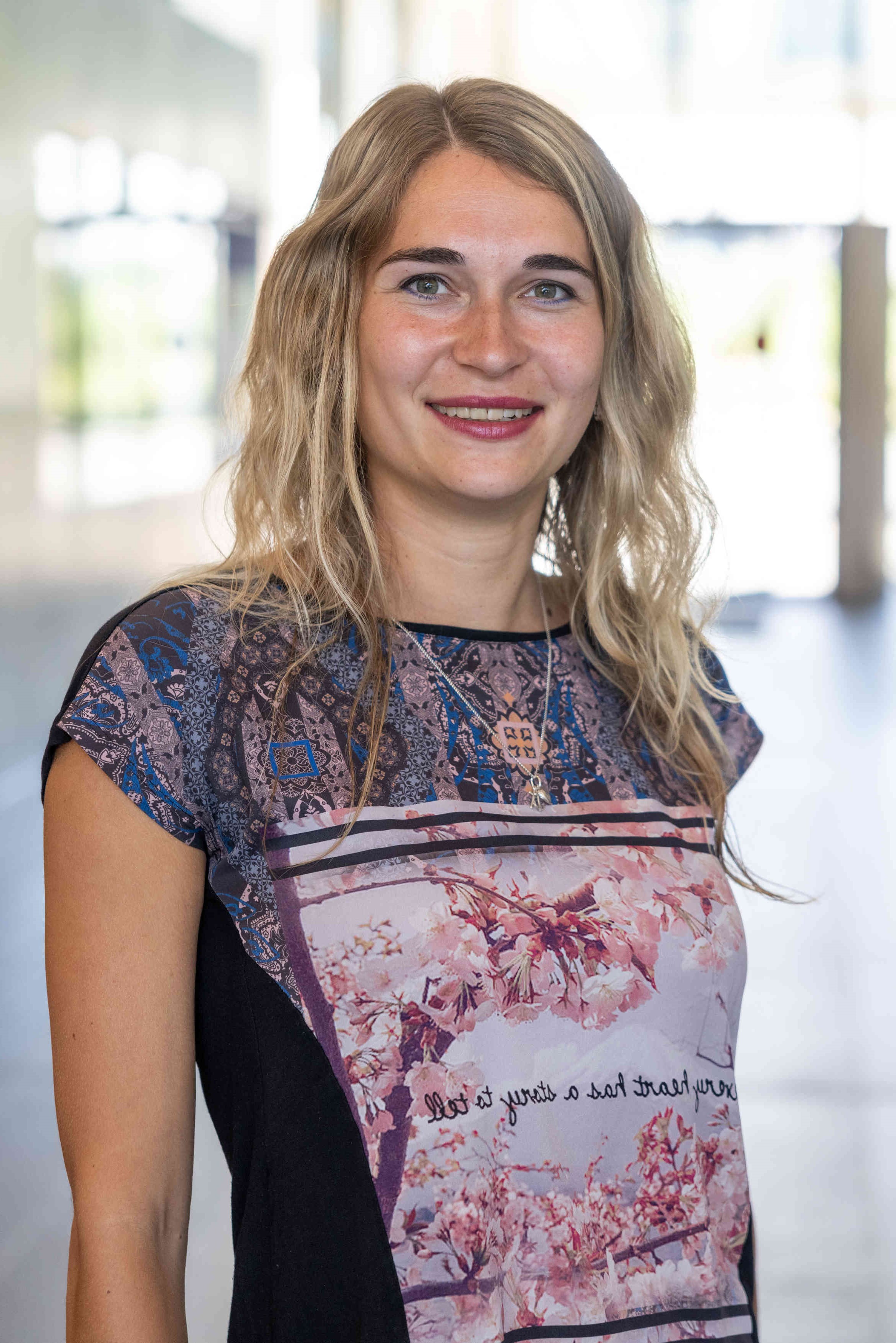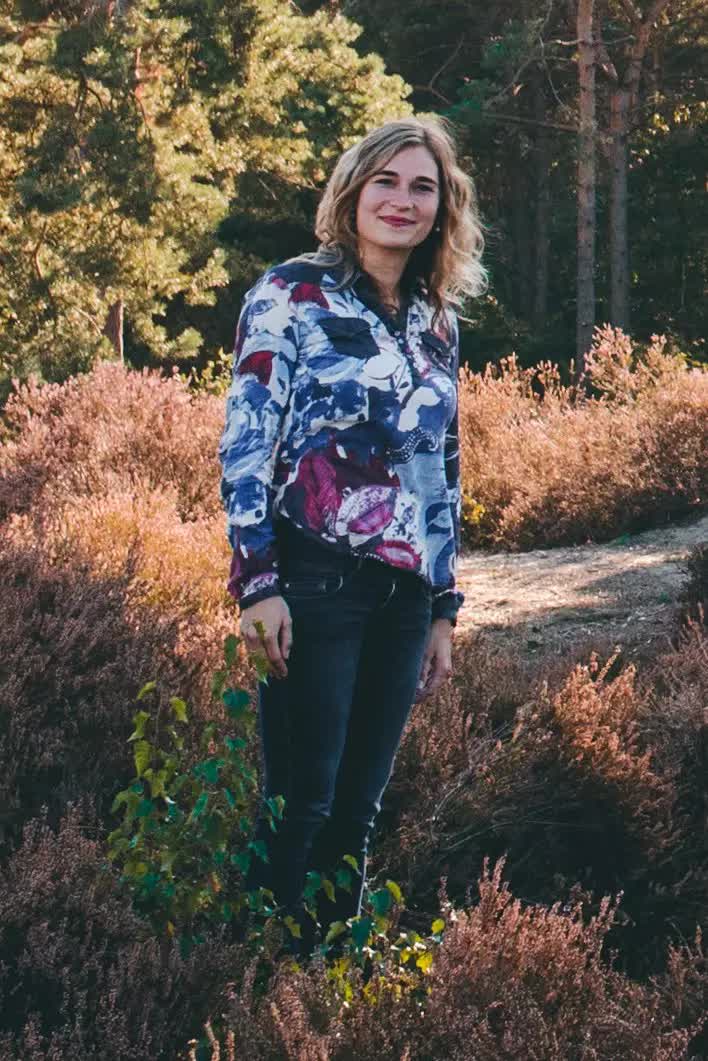

Apart from working as a forensic analytical scientist, I love playing sports and making creative products. I recently obtained my doctorate at the University of Amsterdam. The PhD research focused on the development of new forensic techniques for revealing the origin of chemical weapons. Currently, I continue with this research in a broader context as a scientist at TNO in the department of CBRN protection.
I have always been interested in learning how things work. When I did my bachelor chemistry, I was amazed to understand nature and products to the molecular level. After my bachelor I chose to do the master Forensic Science. Forensic Science is the application of science in a legal context. For example, scientific innovations contribute to protecting people and lead to new evidence in court. This was for me the perfect combination of science and helping to make the world better. I know it sounds ambitious, but small changes can make a big difference.
"Forensic Science: Applying science in a legal context"
At the end of my master I did my internship and thesis at TNO in the department CBRN (chemical, biological, radiological and nuclear) protection. My research was about the determination of the contact risk of toxic industrial chemicals and the opioid fentanyl. After the master I got a job as a scientist in the same department in the TNO unit defence, safety and security.
As a physical chemical analytical scientist, I worked in the field of aerosol research and analytical chemistry. Chemicals can be released as an aerosol and these small particles in the air can cause health effects. Think about soot particles and smoke that contribute to air pollution. However, there are also highly toxic chemicals that cause immediate health effects. I studied the characteristics of aerosols and the detection and protection against it.
After this, I wanted to start with something new. Together with the University of Amsterdam and TNO, I wrote a proposal for PhD research about Forensic Attribution for CWA INtelliGence (FACING). After an incident with chemical warfare agents (CWAs), it is important to address the question of its origin to accurately reconstruct events and find the persons and institutions responsible. Forensic chemical attribution can help to answer this question. The proposal was granted by the TNO DO-AIO fund of the Dutch Ministry of Defence and the research was performed at both the University of Amsterdam and TNO. Main topics included chemical attribution for forensic intelligence, profiling in biological samples, and characterization of dispersion devices. Several projects of my PhD are highlighted on this website, and more information can be found in my thesis, which can be downloaded as well. On the 12th of June 2024, I successfully defended my PhD thesis, and I am grateful for receiving the doctorate with distinction ‘cum laude’.
“After an incident with chemical warfare agents, it is important to address the question of its origin to accurately reconstruct events and find the persons and institutions responsible.”
Currently, I work as a scientist at TNO in the department of CBRN protection, which focuses on protection against highly toxic chemical and biological compounds. Important research areas include the verification of exposure to chemical warfare agents using novel chromatographic and mass spectrometric techniques together with machine learning methods.

2024
2023
2022
2021
2020